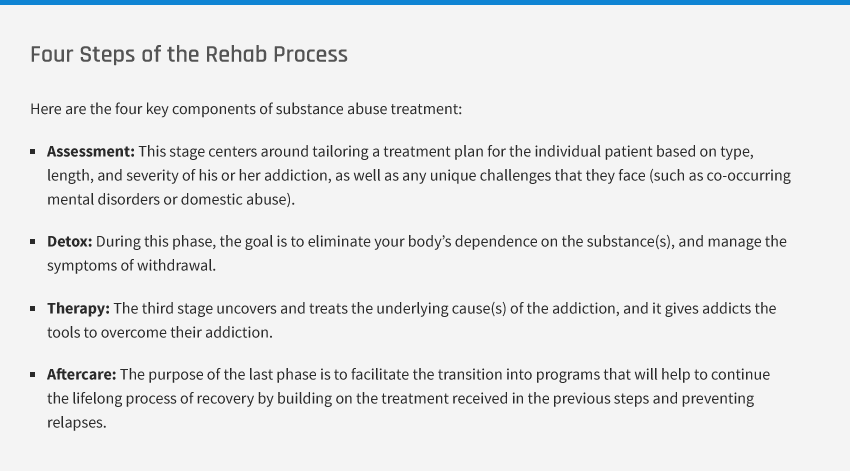OxyContin changes your brain chemistry, and your body adapts to the drug being in your system. Taking the drug away makes your body no longer able to function in the way to which it’s become accustomed, which causes withdrawal symptoms. To complete the detoxification process safely and comfortably, you should seek the advice of a medical professional. Unassisted withdrawal can be extremely uncomfortable, even dangerous, and leave you vulnerable to relapse.
Because OxyContin is an extended-release opiate, early withdrawal symptoms may not occur for up to 30 hours after you stop taking the drug. Once the drug starts leaving your system, early symptoms may include profuse sweating, severe tearing of the eyes, fever, runny nose, muscle aches, insomnia, anxiety, racing heart, and high blood pressure. Withdrawal should peak within 72 hours, with full withdrawal usually lasting a week or more and including new symptoms, such as stomach cramps, nausea and vomiting, diarrhea, chills, depression, and drug cravings.
Withdrawal Symptoms
Possible complications of OxyContin withdrawal include accidental overdose
Most deaths due to opioid overdose occur in individuals who’ve recently detoxed. During withdrawal, your tolerance to the drug decreases. If you relapse, you may take the same amount you did before you detoxed, which is now going to be too much for your body to handle. Other complications of OxyContin withdrawal include aspirating on stomach contents you breathe in while vomiting, which can lead to a lung infection, and severe dehydration from vomiting and diarrhea.
OxyContin withdrawal may cause severe depression and suicidal thoughts
While the physical symptoms of withdrawal aren’t usually dangerous, the psychological impact of withdrawal can be potentially life-threatening. Besides flu-like symptoms, insomnia, muscle aches, and nausea, some people also experience severe depression during OxyContin withdrawal. Sometimes this depression can be accompanied by suicidal thoughts and/or behaviors that could put the person at extreme risk.
Babies born to opioid-addicted mothers suffer withdrawal symptoms
Because oxycodone is an opioid-based pain reliever, pregnant women addicted to OxyContin put their unborn baby at risk of severe, potentially dangerous withdrawal symptoms. Called neonatal abstinence syndrome, newborn babies may experience irritability, digestive issues, vomiting, dehydration, poor appetite, rapid breathing, trembling, and seizures because they’re no longer receiving the drug outside of the womb. In severe cases, the infant may need medication to treat withdrawal symptoms while remaining in the hospital for weeks and sometimes months after birth.
OxyContin Detoxification Medications
Several medications approved by the Federal Drug Administration (FDA) have been used to successfully help addicts through OxyContin detoxification. Common medications used in medication-assisted treatment include clonidine, methadone, buprenorphine, and naltrexone. Clonidine and other medications may be used to treat specific withdrawal symptoms, such as nausea and vomiting, anxiety, and insomnia. Methadone may ease withdrawal symptoms and may be used as a long-term maintenance medication. Buprenorphine products, generally Suboxone or Subutex, may help with withdrawal and shorten the length of detox. Naltrexone products, including monthly shots of Vivitrol, act as opioid blocking agents used to prevent relapse.
For more information about withdrawal, read our guide on OxyContin addiction.


